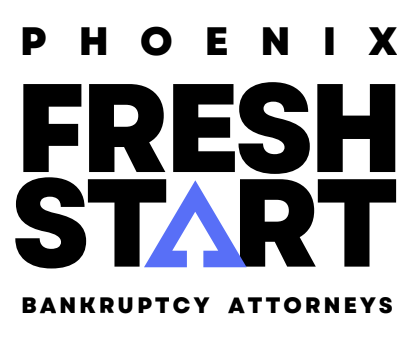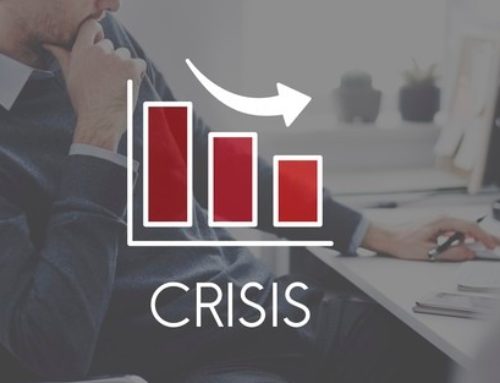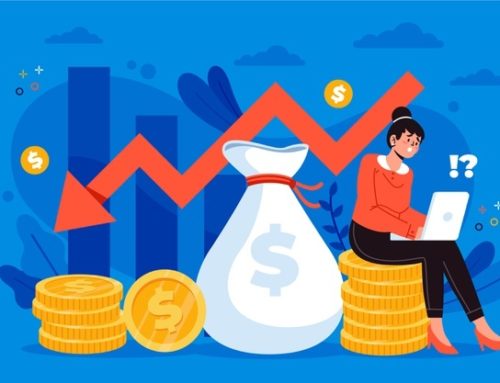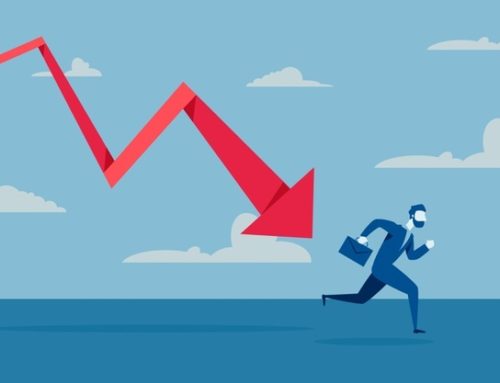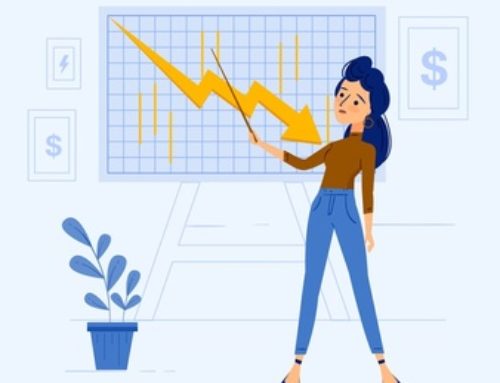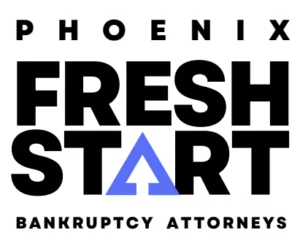A Chapter 13 bankruptcy, also called the wage earner plan, allows a debtor to restructure their debts and eliminate them after completing a three to a five-year debt repayment plan. Bankruptcy filers who earn more than the bankruptcy means test allows, or want to keep what would otherwise be considered nonexempt property in Chapter 7, can file a reorganization bankruptcy under Chapter 13.
This article discusses what you need to know about the Chapter 13 repayment plan so you know what to expect in making Chapter 13 bankruptcy payments to your creditors.
If you’re deciding which types of bankruptcy to file for, it’s important to familiarize yourself with the Chapter 13 bankruptcy process. An experienced bankruptcy lawyer can help evaluate your debts and determine if you’re eligible to file for bankruptcy.
What’s included in the Chapter 13 payment plan?
Not every creditor is entitled to receive 100% of the amount owed to them. However, certain things will always be paid in full in a Chapter 13 bankruptcy filing.
Administrative fees. Each bankruptcy filer is required by the bankruptcy code to pay the fixed filing fees after filing your bankruptcy petition to the court. The amount you’ll pay to the bankruptcy court depends on the type of bankruptcy you filed.
 Debtors are also responsible for the trustee surcharge and the attorney fees for their bankruptcy cases. While you can file bankruptcy on your own according to bankruptcy law, it’s best to seek legal assistance from a local bankruptcy attorney.
Debtors are also responsible for the trustee surcharge and the attorney fees for their bankruptcy cases. While you can file bankruptcy on your own according to bankruptcy law, it’s best to seek legal assistance from a local bankruptcy attorney.
Every bankruptcy petitioner is also required to take a credit counseling course before filing, and another financial management course post-filing. These should be taken from an approved provider, and costs for these are also shouldered by the petitioner.
Priority debts. Even though you may end up paying only a portion of your unsecured debts, there are certain debts you need to repay and include in your Chapter 13 plan.
- Back alimony and child support obligations
- Tax debts (including federal and state income tax)
- Commissions and wages owed to employees
- Contributions owed to an employee benefit fund
Secured debts. There are also loans and debts that you need to include in your plan if you want to keep the collateral. For example, mortgage defaults and late car payments should be included in your Chapter 13 plan if you want to keep your home and car after you filed bankruptcy.
If you want to know if filing for bankruptcy can stop foreclosure and repossession, speak with a reliable bankruptcy lawyer about your financial situation.
How does my income factor in when making payments?
Chapter 13 bankruptcies are also known as the wage-earner plan since the Chapter 13 plan for debt repayment is designed with your current earnings in mind. Your disposable income is calculated by deducting living expenses from your current income.
This comes into play when determining how much of your unsecured debts will be paid and how much will be eliminated in bankruptcy. The exact amount to repay depends on three factors:
- How much your disposable income is,
- The total value of your nonexempt property, and
- The duration of your repayment plan.
How long do I have to make payments?
As mentioned earlier, your confirmed plan after filing bankruptcy in Chapter 13 can last anywhere from three to five years. The length of your payment plan depends on your income for the last six months.
If you exceed the state median for your household size, your Chapter 13 plan typically lasts five years. If not, you’ll be able to propose a three-year repayment plan for your personal bankruptcy case.
Do I need a bankruptcy attorney?
If you have an overwhelming amount of credit card debt, medical bills, and other consumer debts, a declaration of bankruptcy can provide debt relief and bring order back into your life. At Phoenix Fresh Start Bankruptcy Attorneys, we can discuss your bankruptcy options and other alternatives to bankruptcy with you, so you can make an informed decision about your financial future. Call us today to get started on your fresh financial start!
